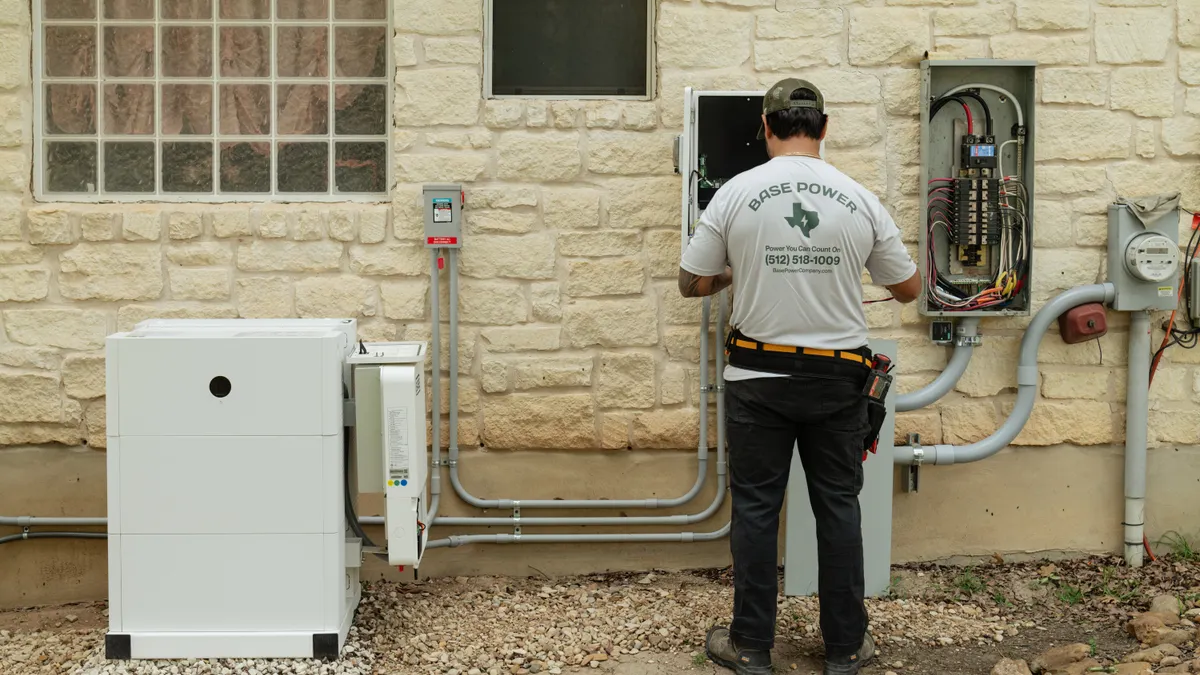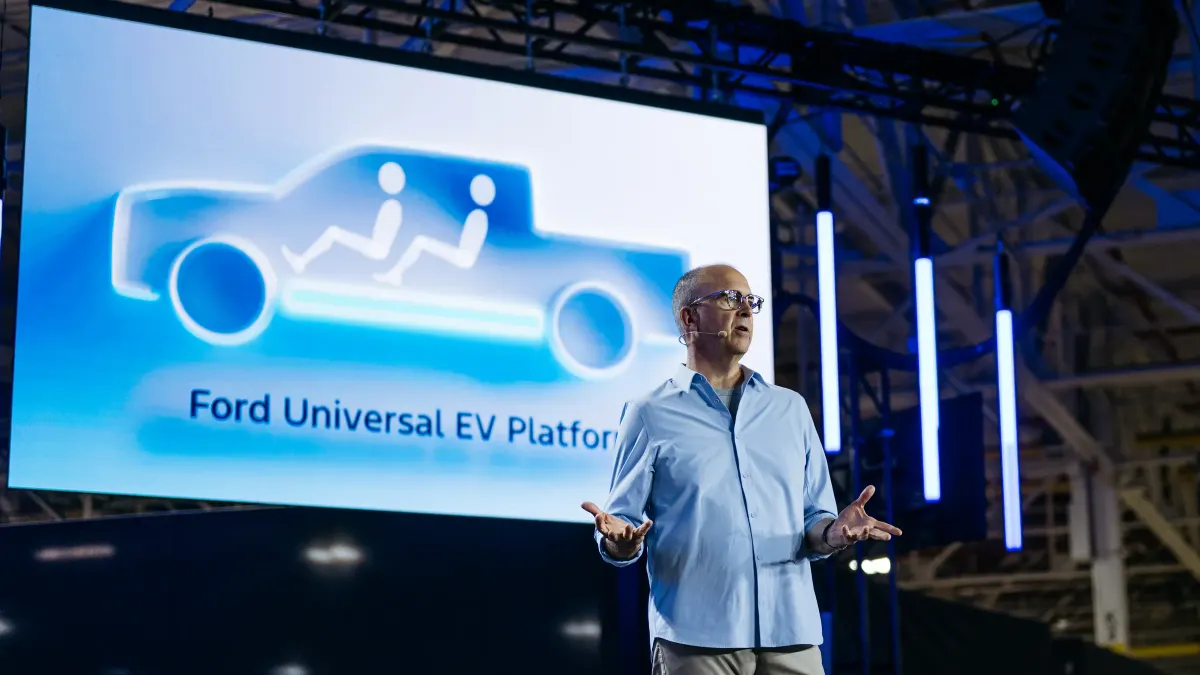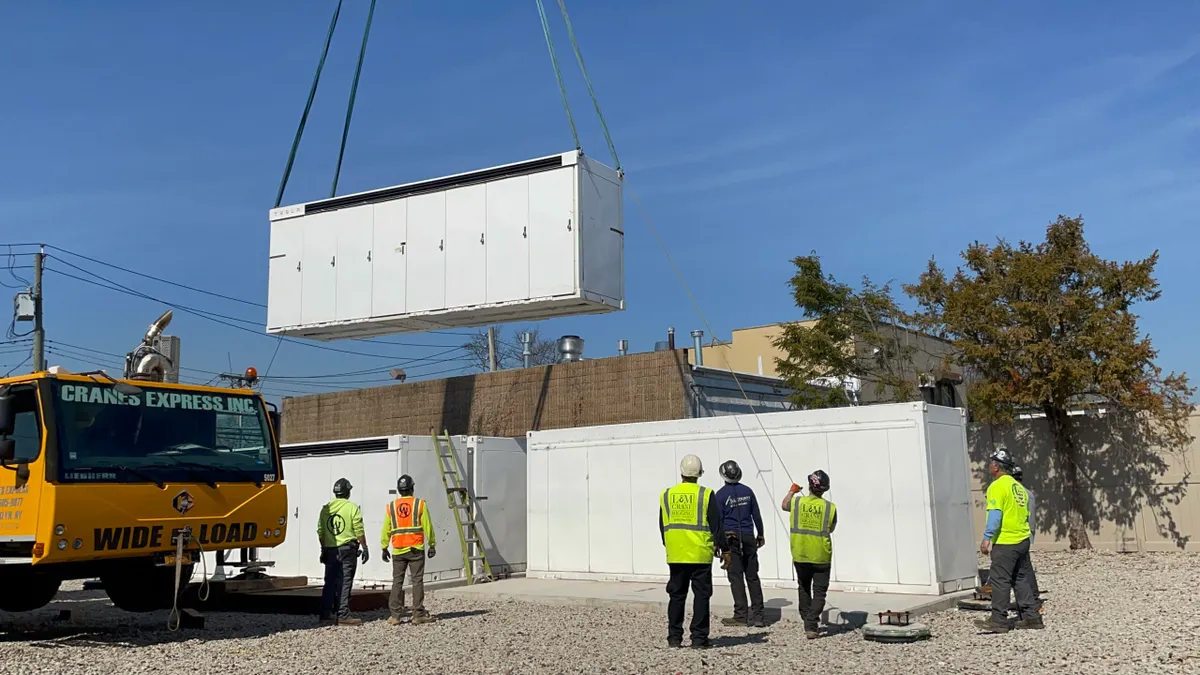Shelley Robbins is a project director at Clean Energy Group.
In May, the U.S. Environmental Protection Agency released a draft carbon emissions regulatory framework for the nation’s fossil-fueled power plant fleet, and by the early August deadline, a plethora of comments were submitted in response, including comments by Clean Energy Group. The EPA proposed designating both hydrogen co-firing with natural gas and carbon capture and sequestration, or CCS, as “Best Systems of Emissions Reduction,” or BSERs, for coal plants and larger gas-fired power plants. These technologies were chosen because they can be added to a power plant within its fence line. But curiously, the EPA completely overlooked co-located battery storage as a BSER.
The strategy of sticking to fence line BSERs was chosen to comply with the U.S. Supreme Court ruling West Virginia v. EPA, a decision handed down in June of 2022 that prevents the EPA from designing rules that require power producers to completely change out their technology and business models. The Supreme Court reasoning for this decision states, “[O]ur traditional interpretation… has allowed regulated entities to produce as much of a particular good as they desire provided that they do so through an appropriately clean (or low-emitting) process.” The message is to keep producing electricity the way you always have, but control emissions. This is clear enough.
There is a category of power plant that the EPA chose to exclude from their proposed rules. These are the plants that typically only feed the grid when there are peaks in demand, such as on hot summer afternoons and cold winter mornings. These are called peaking power plants, or “peakers.” The EPA indicated that adding expensive hydrogen co-firing and CCS to peakers does not make effective or economic sense, and they are correct about that. But the EPA then failed to consider the additional BSER designation that does make sense for peakers: co-located battery storage. Batteries can be added to a conventional power plant as a technology that supplies the grid first, using energy it has stored from the grid when overall demand is low and the grid is being powered by cleaner resources.
Adding battery storage to a peaker can significantly reduce both carbon emissions (the target of the rule) as well as localized pollution that has significant health and mortality impacts on the surrounding communities. A few characteristics of peaker plants that make them valuable to the grid is their ability to start and stop quickly and to operate at partial load. But these characteristics also make it nearly impossible to control localized nitrogen oxides emissions with current technology. For this reason, peakers are some of the dirtiest plants on the grid. Adding battery storage as a technology can slash these emissions while also complying with West Virginia v. EPA.
In addition to dispatching first, batteries can also prevent a peaker from idling (and emitting) while it waits to be called upon because a battery can dispatch instantaneously. Fossil peakers take from 10 minutes to 12 hours to ramp up from “off” to “on and ready,” but a battery is ready instantly. Co-located battery and combustion turbine combinations announced for four existing peakers in California are estimated to reduce emissions by 60%. This approach also takes economic advantage of transmission and substation infrastructure that already exists at the peaker plant.
This returns us to the West Virginia v EPA language expressing the Supreme Court’s desire to allow regulated entities to produce as much of a “particular good” as they desire. What is the “good” in the case of peaking power plants? If the good is electrons to the grid, reliability, and grid services, then the addition of energy storage to peaking power plants does not interfere in that provision. Peakers with battery storage as a BSER can provide the same services to the grid, or the same good, while providing the operator with revenue (and possibly even more revenue if markets exist for the additional grid services that a battery can provide, such as voltage regulation).
In many instances, for peakers that run for short periods at a time, the battery may mean that the fossil peaker never has to fire, allowing for its eventual retirement from the grid while maintaining the operator’s position and injection rights in that location. Unlike hydrogen co-firing and CCS, battery storage as a BSER does not perpetuate fossil fuels and related infrastructure such as pipelines. The provision of the good continues while allowing the fossil portion of hybrid peakers to run, and emit, much less and plan for retirement.
The EPA did note in Section VII(B) of the proposed rulemaking that “Energy storage technologies can store energy during periods when generation from renewable resources is high relative to demand and provide electricity to the grid during other periods. This could reduce the need for fossil fuel-fired firm dispatchable power plants to start and stop as frequently.” They seem to have made the case for themselves that battery storage should be added as a BSER for low load peaking units, but they stopped short of actually doing so.
The regulatory framework is not yet final, so EPA still has an opportunity to add peakers and battery storage to these regulations. Adding these problem peakers, with co-located battery storage as a solution, to the rules will maintain grid reliability, preserve injection rights, and allow the communities that live near these plants to breathe more freely.






















